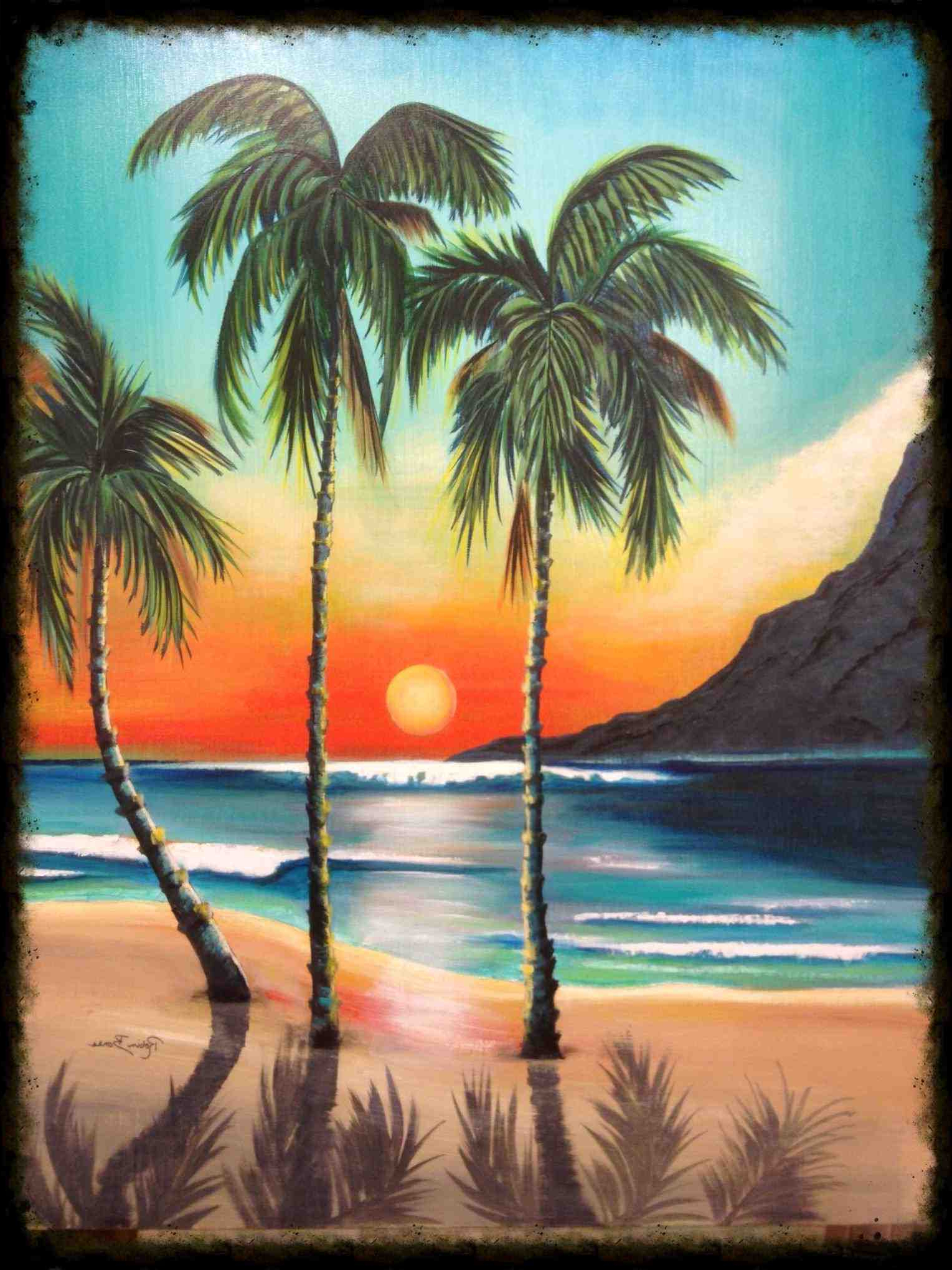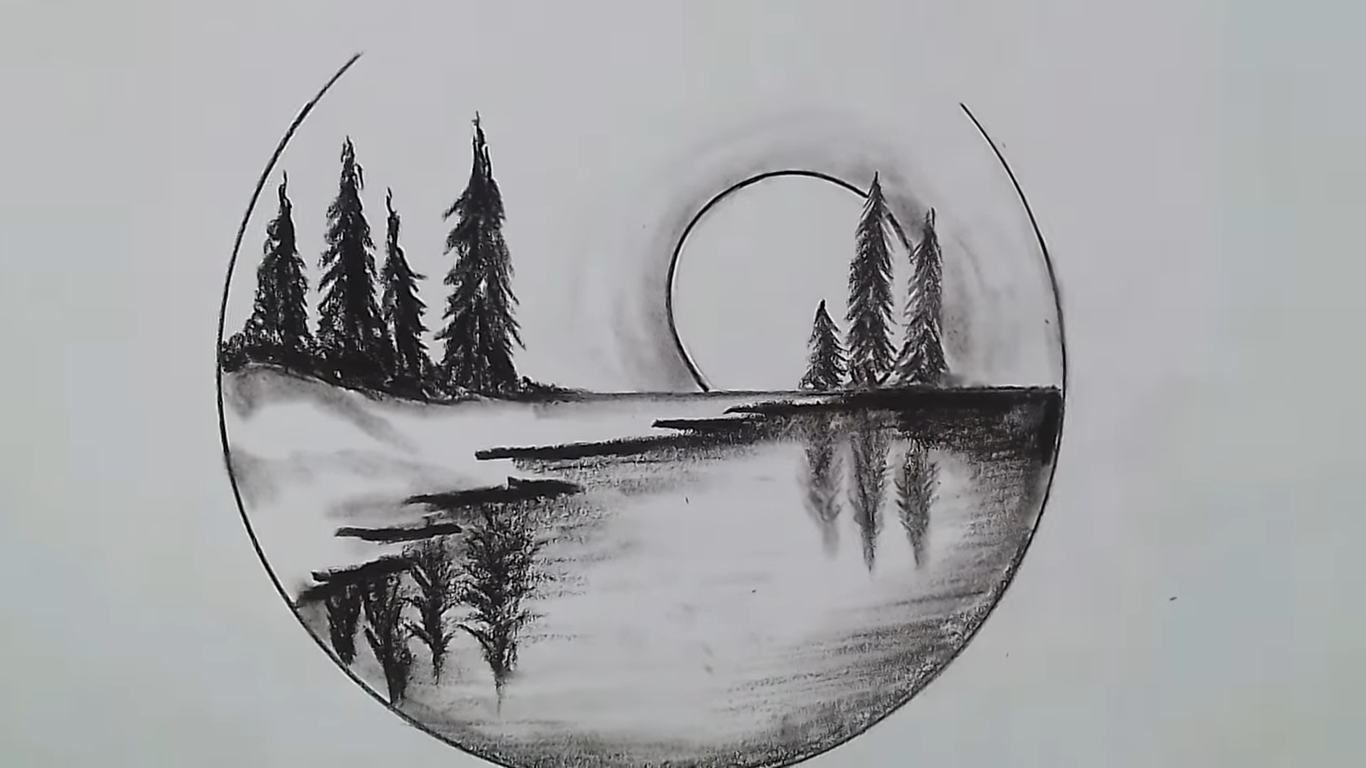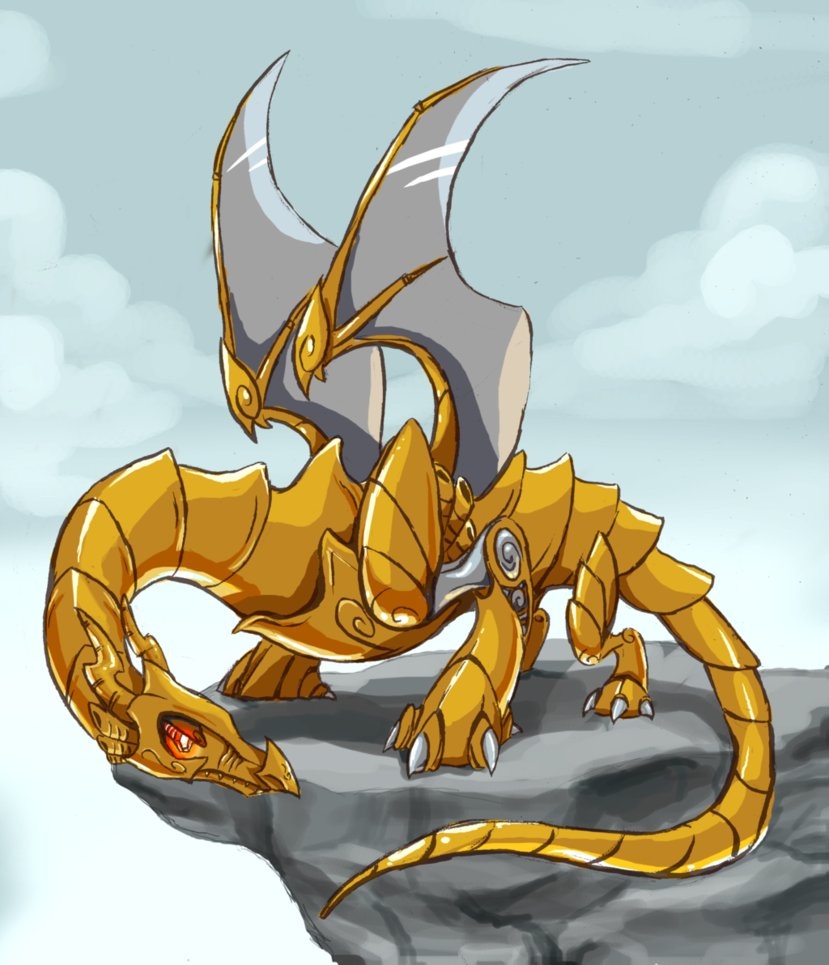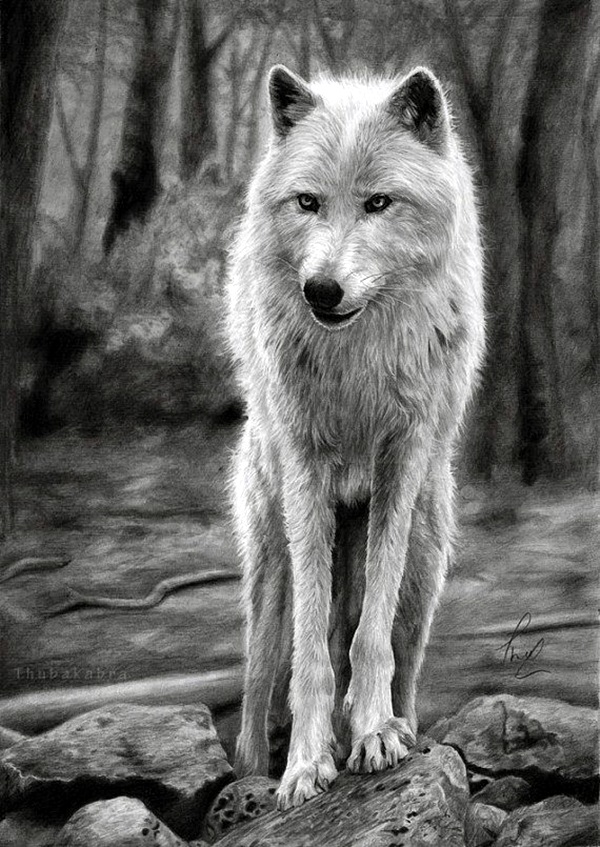Nature drawing painting easy paintings simple kids paintingvalley
Table of Contents
Table of Contents
Are you looking to create stunning nature drawings? Drawing nature is a great way to express your creativity through the beauty of nature. There is something peaceful and meditative about creating beautiful nature drawings that capture the essence of the world around us. In this post, we will explore how to draw nature drawings, including tips, tricks, and techniques to create breathtaking art.
Pain Points of Drawing Nature
Many people struggle with how to draw nature drawings. They feel they don’t have the artistic skills or don’t know where to start. Others may have trouble finding inspiration or deciding what to draw. If this sounds like you, don’t worry, you’re not alone. Drawing nature can be challenging, but with a little practice and creativity, anyone can create beautiful drawings.
Answering the Target of How to Draw Nature Drawings
To draw nature, start by observing the world around you. Look closely at the textures, colors, and shapes of the natural world. Take time to appreciate the details and try to capture the essence of what you see in your drawings. Use light and shadow to add depth and dimension to your sketches. A great technique for drawing nature is to start with simple shapes as the foundation of your drawing. For example, if you’re drawing a flower, begin with a circle for the center and then add oval petals around it. You can then add details such as the veins in the petals and the texture of the stem. Another helpful tip is to practice with different drawing materials such as pencils, pens, or charcoal. Experiment with different techniques, such as shading, cross-hatching, and smudging, to create different effects in your drawings.
Summarizing the Main Points
In summary, drawing nature can be a challenging but rewarding experience. It is important to start with the basics, such as observing the world around you and using simple shapes as the foundation of your drawings. Experiment with different drawing materials and techniques to create depth and dimension in your drawings. By following these tips and practicing regularly, you can create breathtaking nature drawings that capture the beauty of the world around you.
Techniques for Drawing Trees
Drawing trees can be one of the most challenging aspects of drawing nature. Trees have complex shapes and textures that can be difficult to capture on paper. However, with a little practice and patience, anyone can draw beautiful trees. When drawing trees, start by focusing on the basic shapes. Most trees have a trunk, branches, and leaves. You can use simple shapes such as circles, ovals, and lines to create the basic structure of the tree. Once you have the basic shapes in place, you can begin to add details such as the texture of the bark, the veins in the leaves, and the depth created by light and shadow. One helpful tip is to start with a light sketch and build up the drawing slowly. This allows you to make changes as you go and create a more dynamic and detailed drawing. Use shading and hatching to create depth and dimension in your drawing.
Adding a Personal Experience
When I first started drawing trees, I found the process challenging. I struggled to capture the complex textures and shapes of the tree, and my drawings often looked flat and boring. However, with practice and patience, I was able to improve my skills and create more dynamic and detailed drawings. One technique that I found helpful was to break the tree down into basic shapes and build up the drawing gradually. This allowed me to focus on each part of the tree and make adjustments as needed. I also experimented with different shading techniques to create depth and dimension in my drawings.
Using Reference Photos
Another helpful tip for drawing trees is to use reference photos. Taking a photo of a tree or finding one online can be a great way to study the shapes, textures, and colors of different trees. You can use these photos as a reference when creating your own drawings, or practice drawing the tree directly from the photo. When using reference photos, remember to focus on the basic shapes and take note of the small details that make each tree unique.
Drawing Water and Reflections
Water and reflections can add a beautiful and dynamic element to your nature drawings. However, they can be challenging to capture accurately. To draw water and reflections, start by observing the shapes and patterns that are created in the water. Look for reflections of the trees, the sky, and other elements in the landscape. Draw these reflections using the same basic shapes and techniques that you would use for any other part of the drawing. Use shading and hatching to create the illusion of depth in the water. From there, you can add ripples, waves, and other details to create a more dynamic and realistic drawing.
Adding a Personal Experience
When I first started drawing water and reflections, I found the process overwhelming. I struggled to capture the complexity of the reflections and make the water look realistic. However, with practice and experimentation, I was able to improve my skills and create more dynamic and detailed drawings. One technique that I found helpful was to break the water down into basic shapes and build up the drawing gradually. This allowed me to focus on each element of the water and make adjustments as needed. I also experimented with different shading techniques to create depth and dimension in my drawings.
Question and Answer
Q: How can I find inspiration for my nature drawings?
A: There are many ways to find inspiration for your nature drawings. Try going for a walk in nature or browsing photos of landscapes online. Look for interesting textures and shapes and consider how you can incorporate them into your drawings.
Q: What is the best way to improve my drawing skills?
A: The best way to improve your drawing skills is to practice regularly. Set aside time each day or each week to work on your drawings. Experiment with different techniques and materials to find what works best for you.
Q: Can I use a photograph as a reference for my nature drawings?
A: Yes, using a photograph as a reference for your nature drawings can be a great way to study the shapes, colors, and textures of different landscapes. However, be careful not to simply copy the photo. Use it as a reference and incorporate your own creative ideas and techniques into your drawing.
Q: What is the best way to add depth to my nature drawings?
A: The best way to add depth to your nature drawings is to use shading and hatching techniques. This creates the illusion of depth and adds dimension to your drawing. Experiment with different techniques and materials to find what works best for you.
Conclusion of How to Draw Nature Drawings
Drawing nature can be a rewarding experience that allows you to express your creativity and capture the beauty of the natural world. Remember to start with the basics, such as observing the world around you and using simple shapes as the foundation of your drawings. Experiment with different techniques and materials to create depth and dimension in your drawings. With practice and patience, anyone can create beautiful nature drawings that capture the essence of the world around us.
Gallery
Nature Painting Drawing At PaintingValley.com | Explore Collection Of

Photo Credit by: bing.com / nature drawing painting easy paintings simple kids paintingvalley
Nature Drawing Pictures At GetDrawings | Free Download

Photo Credit by: bing.com / nature sunset drawing drawings pencil easy sketch simple kids draw color sketches colour landscape getdrawings pastel paintingvalley colored beautiful
Learn How To Sketch & Draw: 60 Free Basic Drawing For Beginners

Photo Credit by: bing.com /
Simple Colour Nature Drawings

Photo Credit by: bing.com / getdrawings bocetos lagos crayons enamoran paintingvalley lapices archzine
Beautiful Scenery Drawing With Pencil Easy / How To Draw A Beautiful

Photo Credit by: bing.com / pemandangan sketsa sketching pantai matita paintingvalley unlimeted paesaggi faceis paisagens desenhos drawingtutorial lapiz alam pinggiran paisaje naturaleza natureza facili harian





